House Plan With Septic Tank The most effective way to determine the septic tank you need for your home is to calculate your water usage The septic tank size you need depends on the volume of water it can hold In the United States the minimum septic tank size permitted is 1 000 gallons
Before buying a house with a septic tank it s important to know that this system is not maintenance free The system should be inspected about every three years and every three to five years you must have your septic system pumped to empty it of waste Every few decades you ll need to replace it You also must be very careful about what A septic tank is a watertight receptacle that s buried in the ground A two to three bedroom house usually requires a minimum of a 1000 gallon capacity tank It is connected to the house s waste drains by a pipe that feeds into the tank inlet Partial walls inside the tank known as baffles are meant to promote the settling of waste
House Plan With Septic Tank
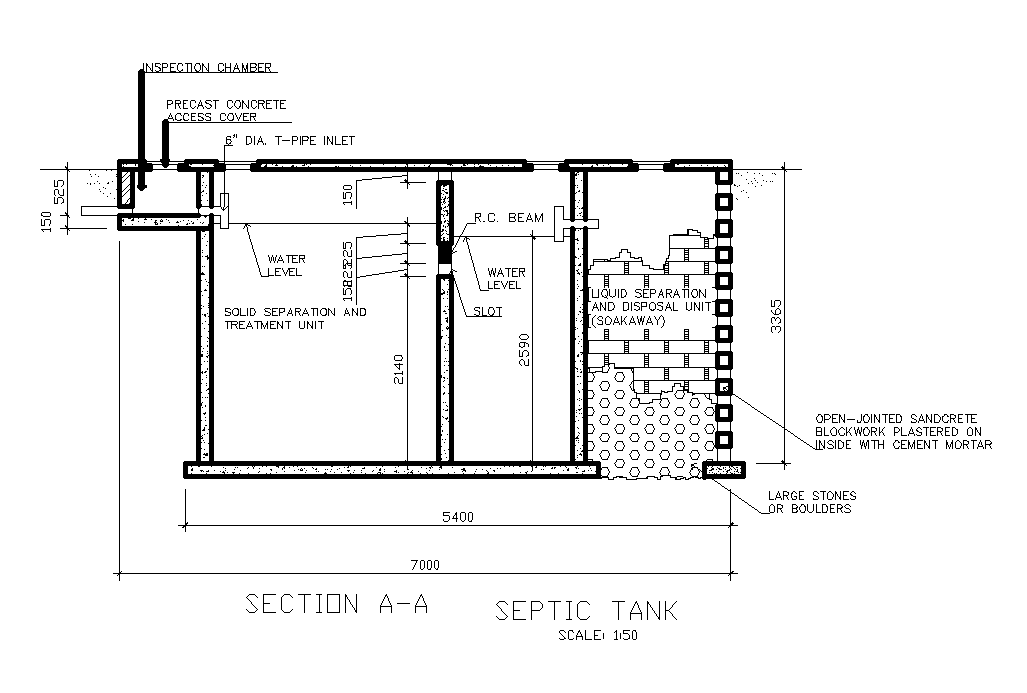
House Plan With Septic Tank
https://thumb.cadbull.com/img/product_img/original/Asectionviewofseptictankplanisgivenfor12x14mhouseplaninthis2DAutocadDWGdrawingfileDownloadnowSatNov2020051527.png
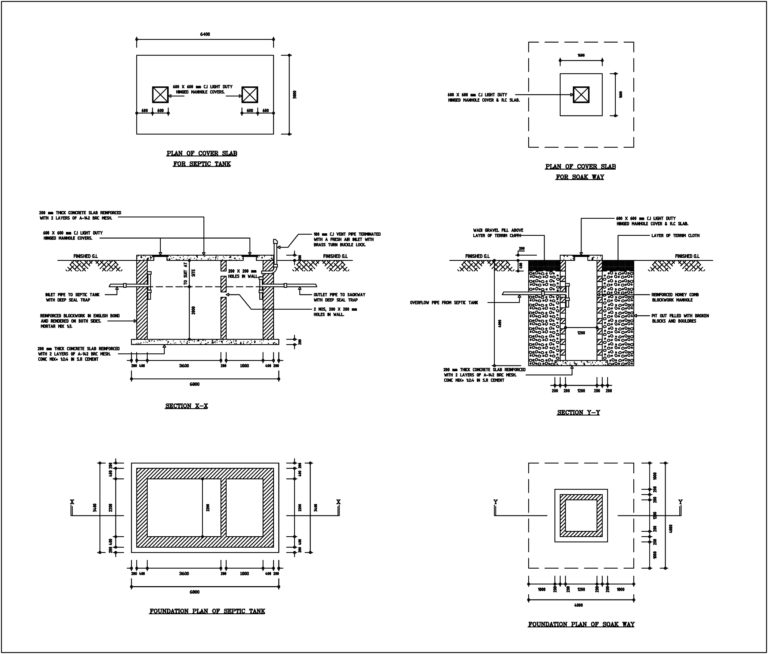
Typical Details Of Septic Tank And Soakaway DWG NET Cad Blocks And House Plans
http://www.dwgnet.com/wp-content/uploads/2019/03/TYPICAL-DETAILS-OF-SEPTIC-TANK-768x654.jpg

Septic Tank Archives PHILCON PRICES
https://i0.wp.com/philconprices.com/wp-content/uploads/2019/10/septic-tank-1-1671109940-1571190741586.jpg?resize=922.5%2C639&ssl=1
The national average for septic tank installation ranges from 3 472 11 102 but can reach above 21 000 on the high end Cost data sourced from Angi and Home Advisor Fortunately septic systems are common Jim Fuson owner of 21st Century Home Inspections says 25 of homes in the United States have septic systems A septic tank is a buried watertight tank designated and constructed to receive and partially treat raw domestic sanitary wastewater Heavy solids settle to the bottom of the tank while greases and lighter solids float to the top The solids stay in the tank while the wastewater is discharged to the drainfield for further treatment and dispersal
These documents provide information homebuyers need to know before purchasing a home with a septic system how a septic system works and the importance of having it inspected prior to purchasing a home The documents also provide information on everyday preventative and corrective maintenance for when you are living in your new home Septic tanks typically range from 1 000 to 2 000 gallons and are made of concrete heavy plastic or metal High quality concrete tanks are the most durable and if not damaged should last 40 years or more Many modern tanks have two chambers to increase the efficiency Wastewater from the house collects in the septic tank where it separates
More picture related to House Plan With Septic Tank

Best Septic Tank Treatments For Homeowners
https://organicabiotech.com/wp-content/uploads/2021/04/Septic-Tank-Blog-Img.jpg

Septic Tank Section Plan And Constructive Structure Details Dwg File Septic Tank Septic Tank
https://i.pinimg.com/originals/e7/96/de/e796dea7ef34d932fb47c720654ff10f.png

Pin On Tanque S ptico
https://i.pinimg.com/originals/6d/37/81/6d378155ec168c616d99410966a5b16d.gif
A home with a septic system also known as an onsite wastewater system how a septic system works and the importance of having it inspected prior to purchasing a home In addition this guide provides information on everyday preventative and corrective maintenance for when you are living in your new home For people living in places without septic treatment it could be a lifesaver Part 1 Cutting the Tanks Download Article 1 Cut a hole in the top of each drum that s the same size as the toilet flange s outside measurement Measure the outside diameter of the toilet flange you re using
Step 1 Site Selection and Soil Inspection Step 2 Calculate the Size Step 3 Designing the Layout Step 4 Preparing Construction Blueprints Step 5 Get Local Approvals Step 6 Constructing the Septic System Final Step Guideline Based Maintenance Construction and Installation Understanding Septic Tank Systems A septic tank is an underground wastewater treatment system commonly used in rural and suburban areas where a centralized sewage treatment plant is not available These systems are designed to address the need for on site wastewater treatment particularly in areas where centralized sewerage systems may be impractical or unavailable
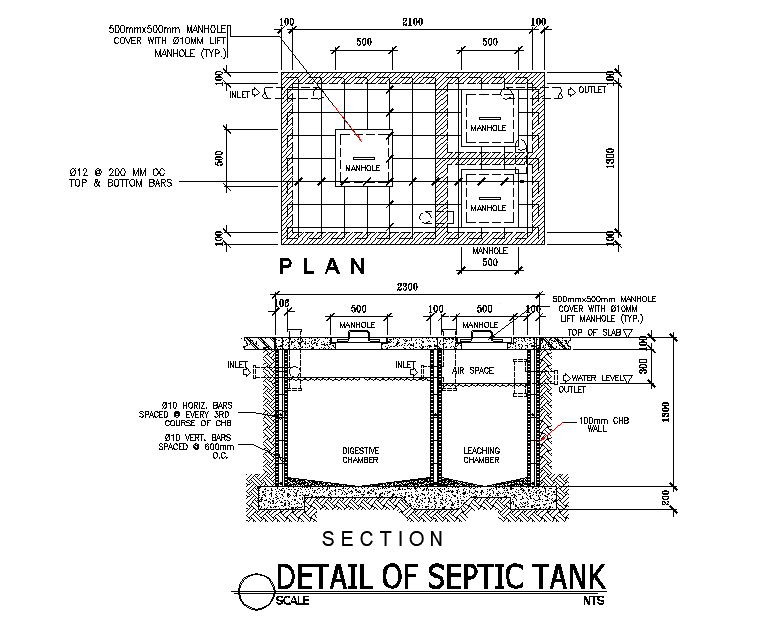
Detail Of Septic Tank Plan Autocad File Cadbull
https://cadbull.com/img/product_img/original/Detail-of-septic-tank-plan-autocad-file-Tue-May-2018-09-52-30.png
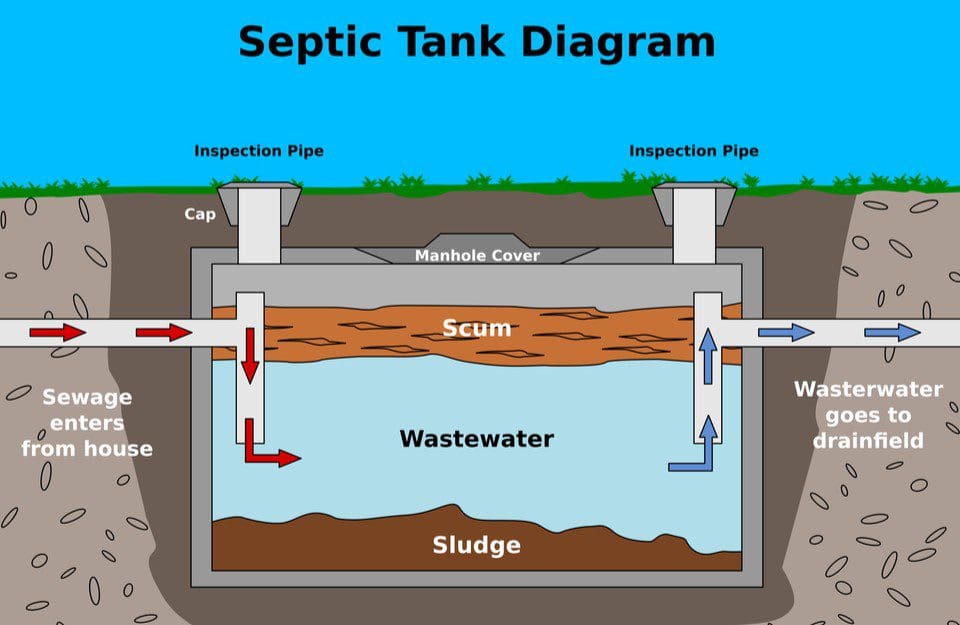
Septic Tank For House Design Principle And Size Calculations Happho
https://happho.com/wp-content/uploads/2020/08/Typical-Septic-Tank-Diagram.jpg
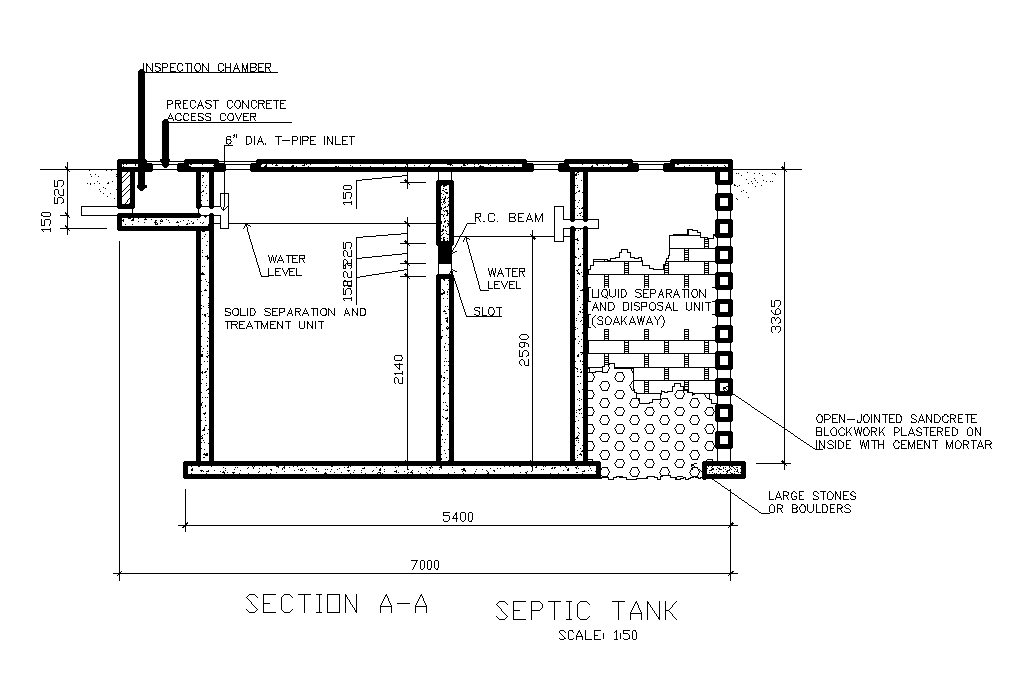
https://upgradedhome.com/septic-tank-dimensions/
The most effective way to determine the septic tank you need for your home is to calculate your water usage The septic tank size you need depends on the volume of water it can hold In the United States the minimum septic tank size permitted is 1 000 gallons

https://www.ownerly.com/home-buying/buying-house-with-septic-tank/
Before buying a house with a septic tank it s important to know that this system is not maintenance free The system should be inspected about every three years and every three to five years you must have your septic system pumped to empty it of waste Every few decades you ll need to replace it You also must be very careful about what

Typical Details Of Septic Tank And Soakaway DWG NET Cad Blocks And House Plans

Detail Of Septic Tank Plan Autocad File Cadbull
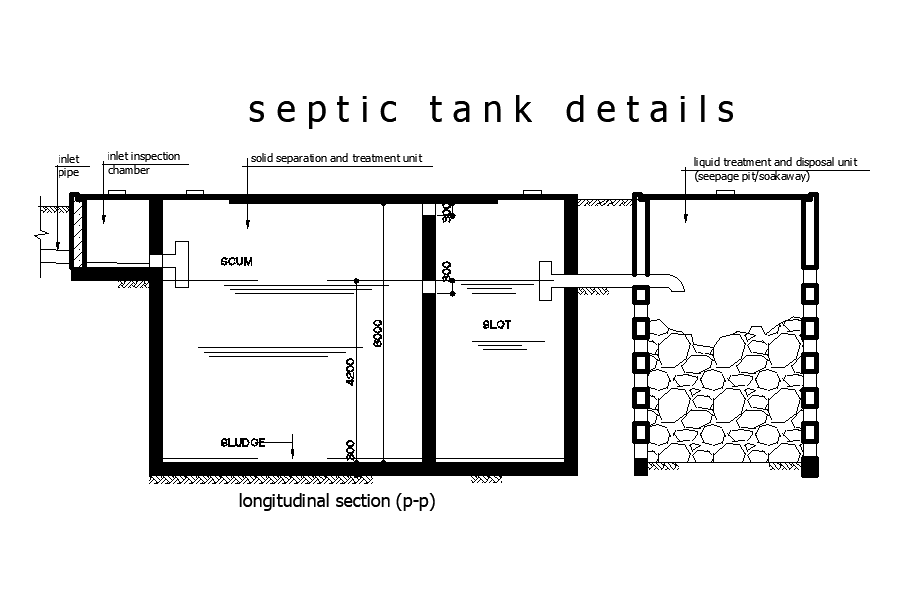
9x10m House Plan Of Longitudinal Section View Of Septic Tank Is Given In This Autocad Drawing
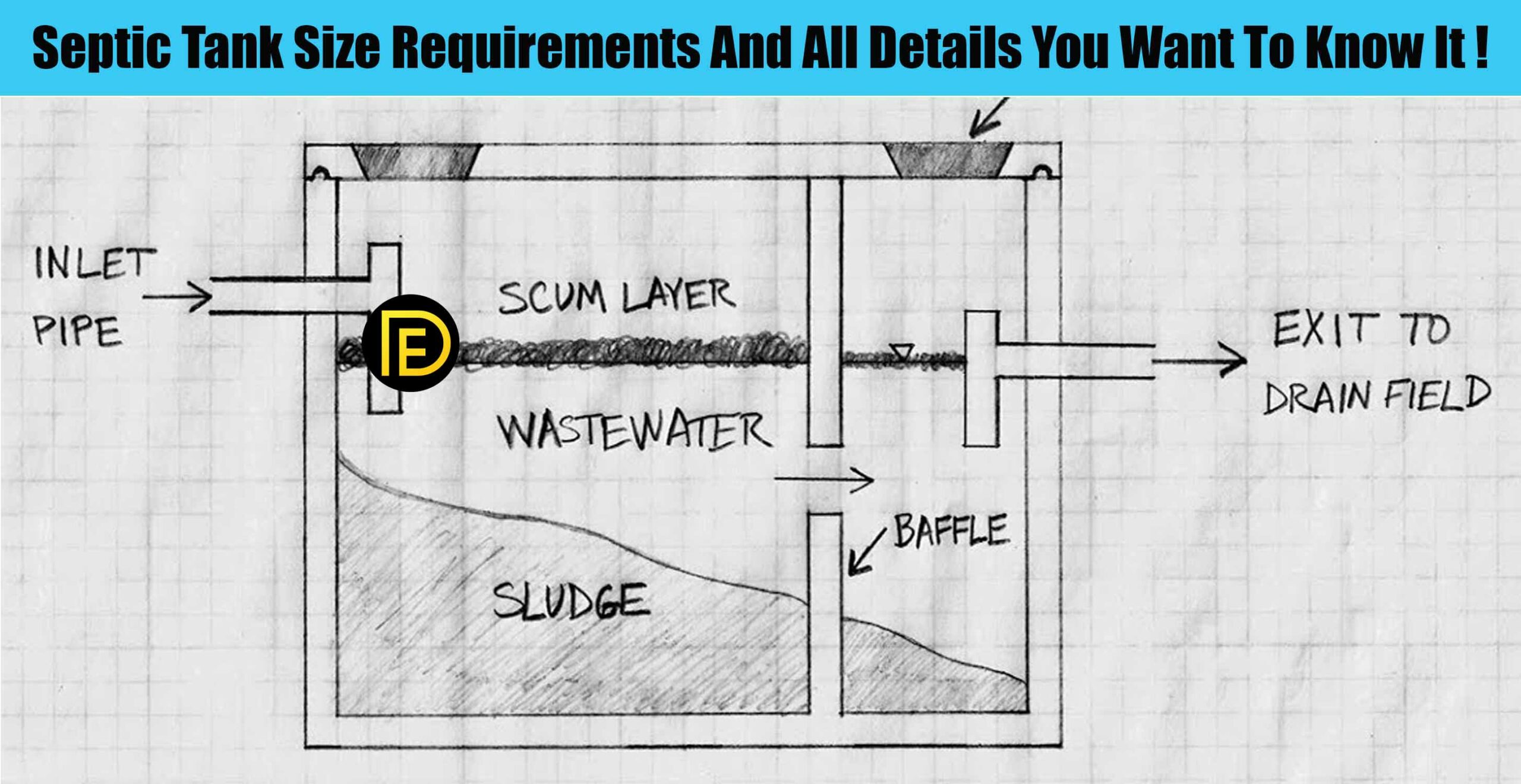
Septic Tank Size Requirements And All Details You Want To Know It Daily Engineering
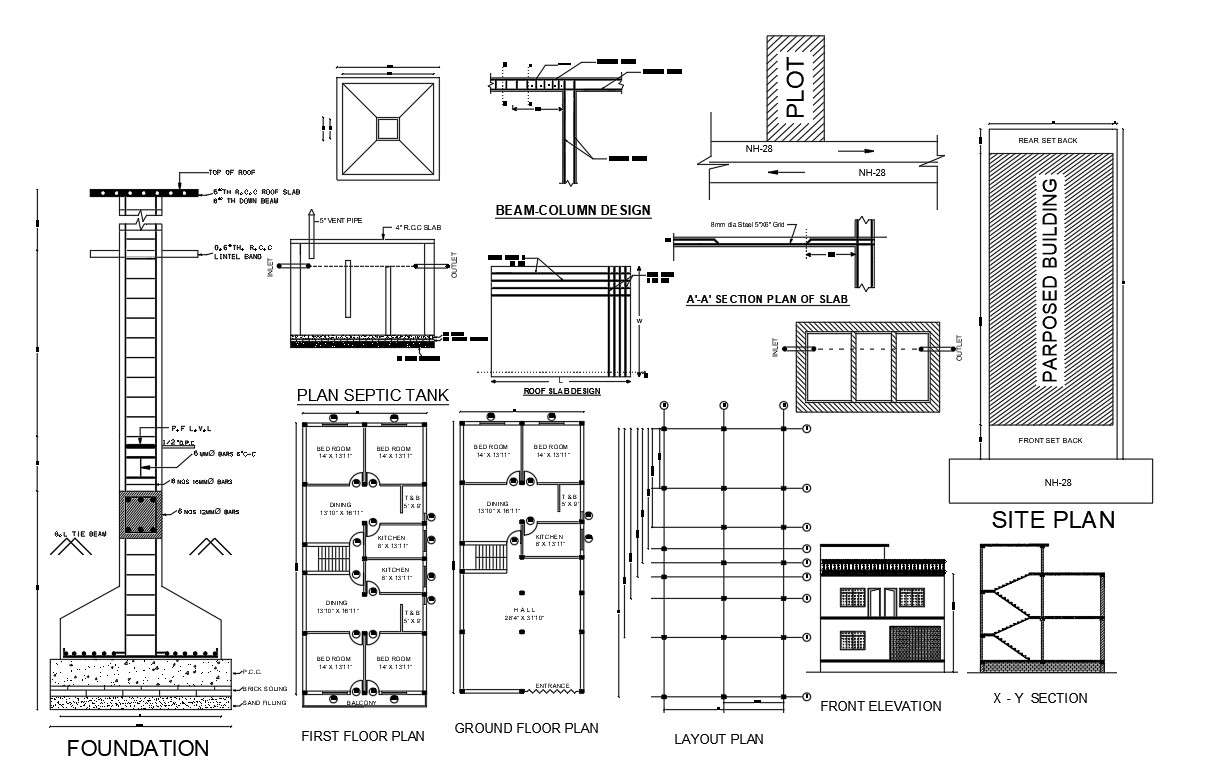
2 BHK House Plan With Septic Tank Design Cadbull

Septic Tank Details Materials Economic Sectors

Septic Tank Details Materials Economic Sectors
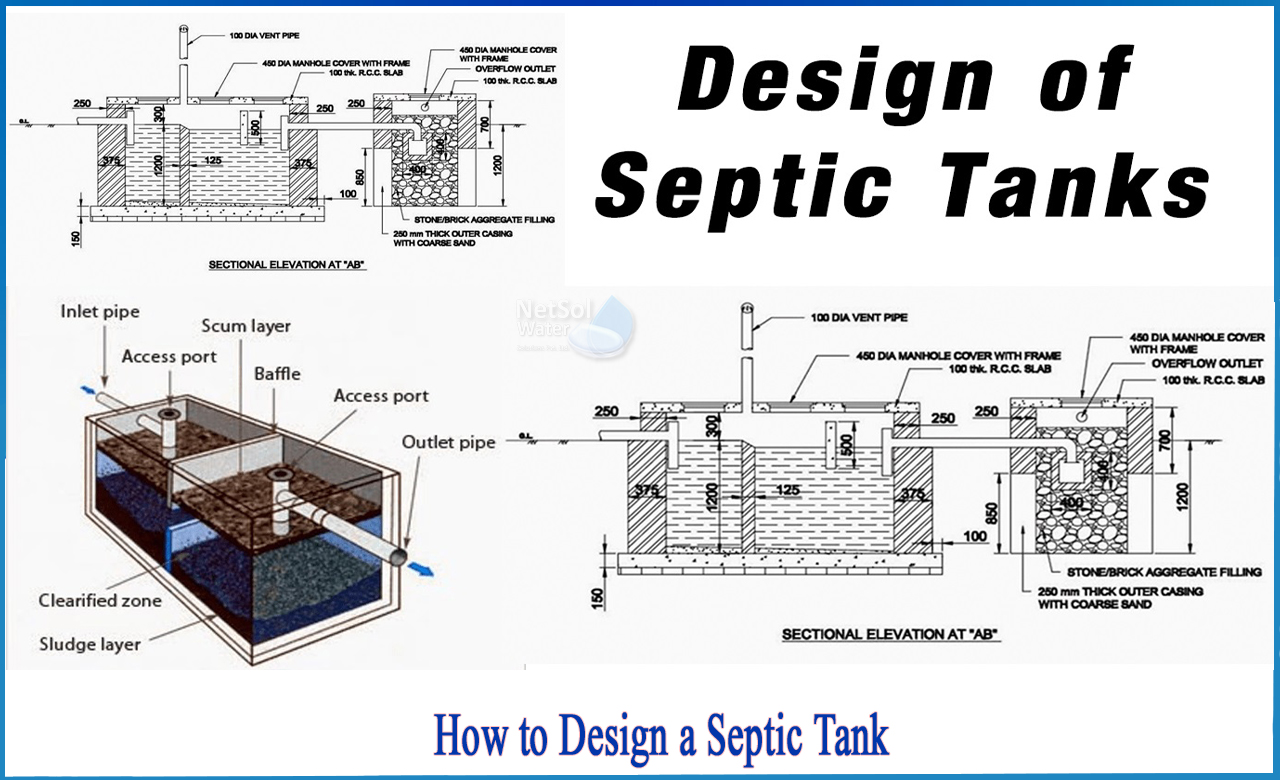
How To Design A Septic Tank Netsol Water

Septic System Maintenance

Septic Tank Plan And Section Layout File Cadbull
House Plan With Septic Tank - True Cost Guide Plumbing Install a Septic Tank How Much Does a Septic System or Tank Cost Typical Range 3 457 11 545 Find out how much your project will cost ZIP Code Get Estimates Now Cost data is based on actual project costs as reported by 1 149 HomeAdvisor members Embed this data How We Get This Data